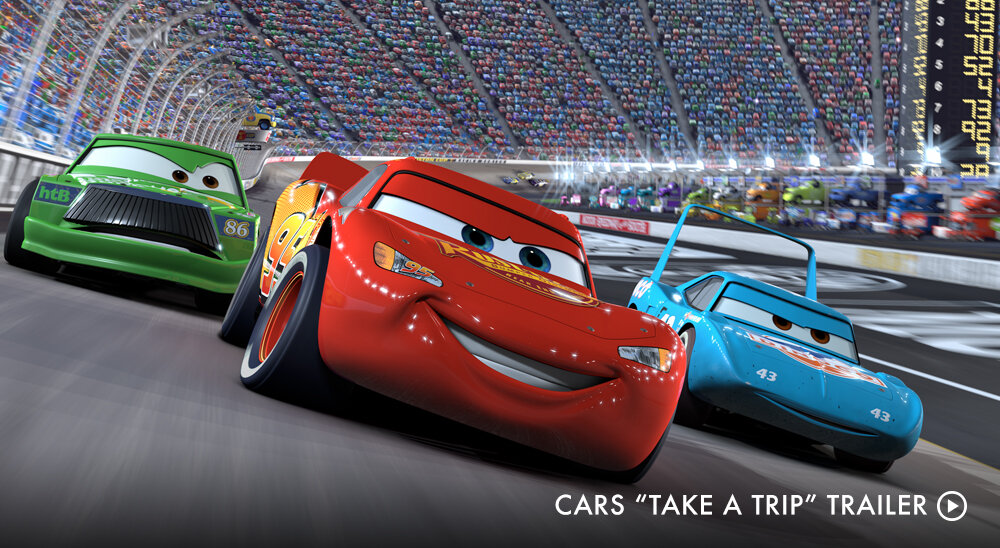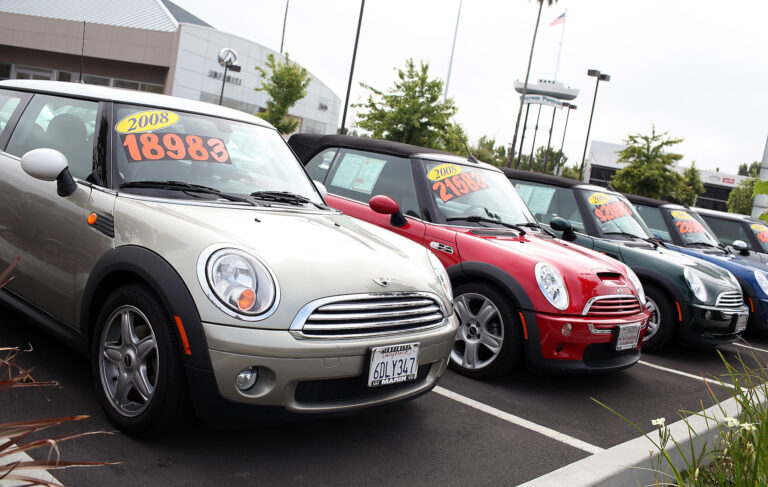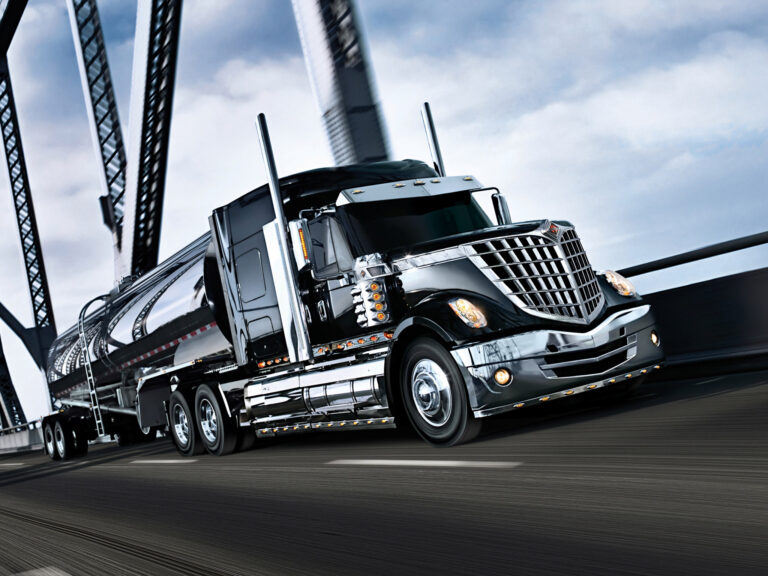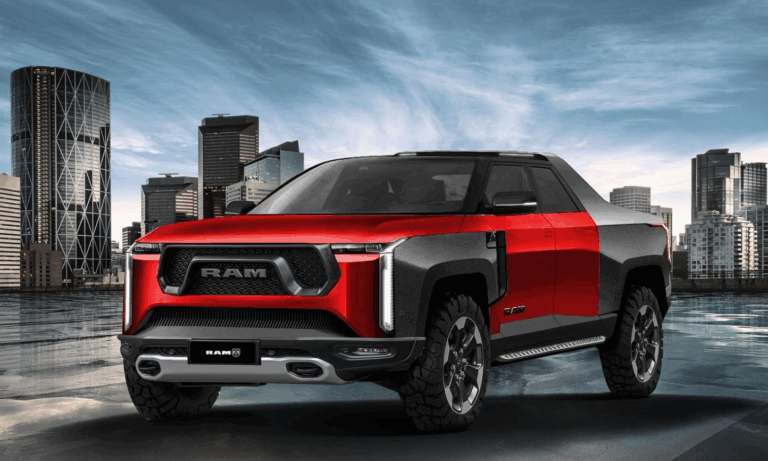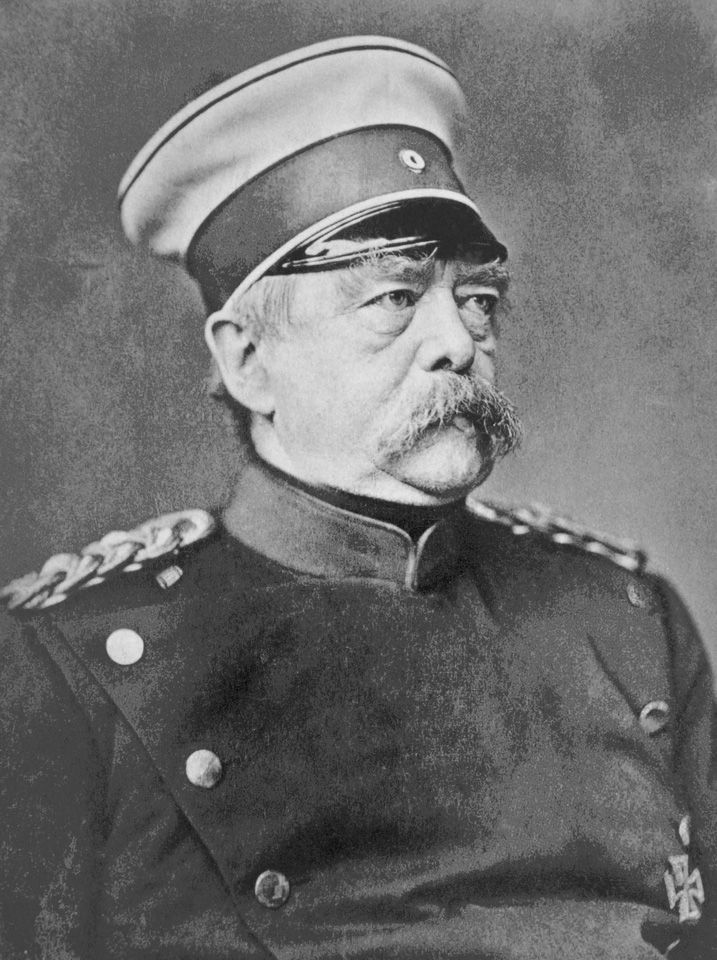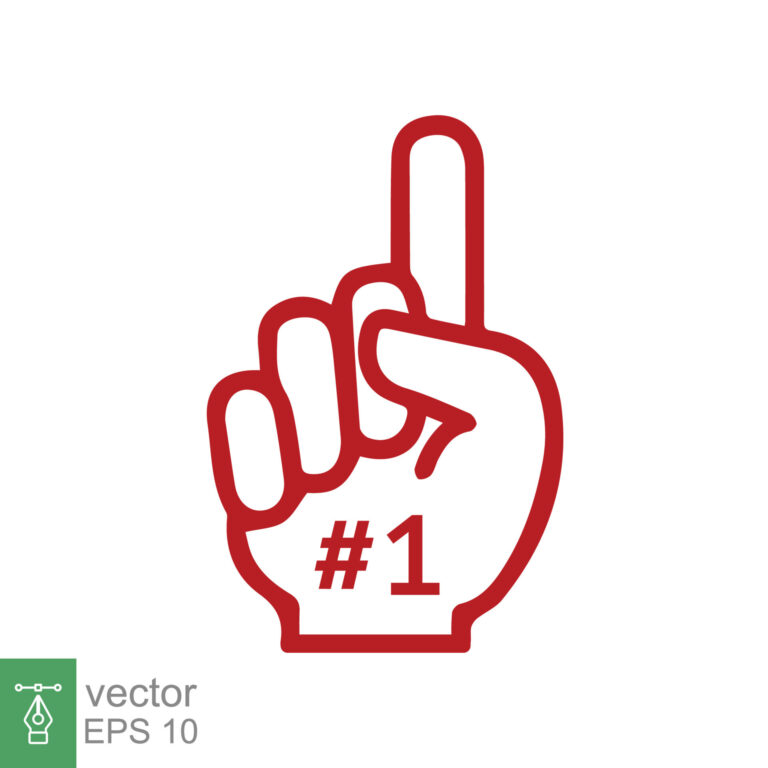Car Brand Names Starting With D: A Comprehensive Guide
Car Brand Names Starting With D: A Comprehensive Guide cars.truckstrend.com
The world of automotive branding is a fascinating landscape, where names often carry a weight of history, innovation, and global identity. From the roar of a muscle car to the quiet efficiency of a city compact, car brands starting with the letter ‘D’ represent an incredibly diverse and impactful segment of the industry. This guide delves into the rich tapestry of these brands, exploring their origins, unique characteristics, market positions, and the significant contributions they’ve made to the automotive realm. Understanding these brands offers not just a glimpse into their individual stories but also a broader perspective on the evolution of vehicle manufacturing and consumer preferences worldwide.
The Diverse Landscape of ‘D’ Brands
Car Brand Names Starting With D: A Comprehensive Guide
The letter ‘D’ introduces us to an array of car manufacturers, each with a distinct philosophy, heritage, and target audience. This diversity spans continents, historical eras, and vehicle types, from luxury behemoths to budget-friendly workhorses, and from iconic performance machines to innovative compact solutions. Exploring these brands reveals a microcosm of the entire automotive industry – a testament to human ingenuity, engineering prowess, and the ever-evolving demands of mobility.
Spotlight on Key ‘D’ Brands: Heritage, Innovation, and Market Impact
To truly appreciate the scope of ‘D’ brands, let’s delve into some of the most prominent names that have shaped, and continue to shape, the automotive world.
1. Dodge:
An iconic American brand, Dodge has been synonymous with performance and muscle since its inception in 1900 as the Dodge Brothers Company. Now part of the Stellantis conglomerate, Dodge has carved a niche for itself with its high-octane vehicles like the Challenger and Charger, known for their powerful Hemi engines and aggressive styling. Beyond muscle cars, Dodge has also produced popular SUVs (Durango) and minivans (Grand Caravan), demonstrating its versatility. The brand’s focus remains on delivering a thrilling driving experience, blending raw power with modern technology. Dodge’s legacy is deeply intertwined with American car culture, representing freedom, speed, and a rebellious spirit.
2. Dacia:
Hailing from Romania, Dacia is a subsidiary of the French Renault group. Since its acquisition by Renault in 1999, Dacia has transformed into a beacon of affordability and practicality. The brand’s philosophy revolves around offering robust, reliable, and no-frills vehicles at highly competitive prices. Models like the Duster SUV and the Sandero hatchback have achieved immense popularity across Europe and beyond, appealing to consumers seeking value for money without compromising on essential features. Dacia exemplifies smart engineering and cost-effective manufacturing, proving that quality doesn’t always have to come with a hefty price tag.
3. Daihatsu:
A Japanese manufacturer largely specializing in small cars, kei cars, and off-road vehicles, Daihatsu has been a subsidiary of Toyota since 1999. Known for its compact dimensions, fuel efficiency, and clever packaging, Daihatsu vehicles are particularly popular in Japan and parts of Southeast Asia. They embody the Japanese approach to urban mobility, focusing on maximizing interior space within minimal footprints. While less prominent in Western markets today, Daihatsu’s engineering expertise in compact vehicle development continues to influence Toyota’s global small car strategy.
4. DS Automobiles:
DS Automobiles is a French luxury brand that originated from Citroën, becoming a standalone marque in 2014. DS aims to revive the spirit of innovative French luxury and design in the premium automotive segment. Drawing inspiration from the iconic Citroën DS of the 1950s, the brand emphasizes sophisticated design, opulent interiors, advanced technology, and distinctive French craftsmanship. Models like the DS 7 Crossback and DS 9 showcase a unique blend of elegance, comfort, and avant-garde styling, positioning DS as a compelling alternative to traditional German luxury brands.
5. Datsun:
Originally an automotive brand owned by Nissan, Datsun was primarily used for export models from 1931 to 1986. It played a crucial role in establishing Nissan’s global presence, particularly in the US market. Iconic models like the Datsun 240Z cemented its reputation for performance and reliability. In 2013, Nissan briefly resurrected the Datsun brand for entry-level vehicles in emerging markets like India, Indonesia, and Russia, aiming to offer affordable and accessible mobility. However, the revival was short-lived, with Nissan announcing its discontinuation again in 2022, highlighting the challenges of brand re-establishment in a competitive market.

6. DeLorean:
Perhaps one of the most famous single-model car brands, the DeLorean Motor Company (DMC) was an American automobile manufacturer founded by John DeLorean in 1975. Its sole production model, the DMC-12, became a cultural icon primarily due to its starring role in the "Back to the Future" film trilogy. Characterized by its unpainted stainless-steel body panels and gull-wing doors, the DMC-12 suffered from financial troubles and reliability issues, leading to the company’s bankruptcy in 1982. Despite its brief existence, the DeLorean holds a legendary status, representing ambition, futuristic design, and a cautionary tale of automotive entrepreneurship.
7. Daimler:
The name Daimler holds immense historical significance in the automotive world. Gottlieb Daimler, along with Karl Benz, is credited with inventing the modern automobile. While the original Daimler Motoren Gesellschaft (DMG) eventually merged with Benz & Cie. to form Daimler-Benz AG (now Mercedes-Benz Group AG), the Daimler name itself has been associated with luxury vehicles, particularly in the UK, where Daimler cars were often the preferred choice of the British royal family. Historically, Daimler represented the pinnacle of engineering and aristocratic luxury, laying the groundwork for the modern Mercedes-Benz brand.
8. Dongfeng: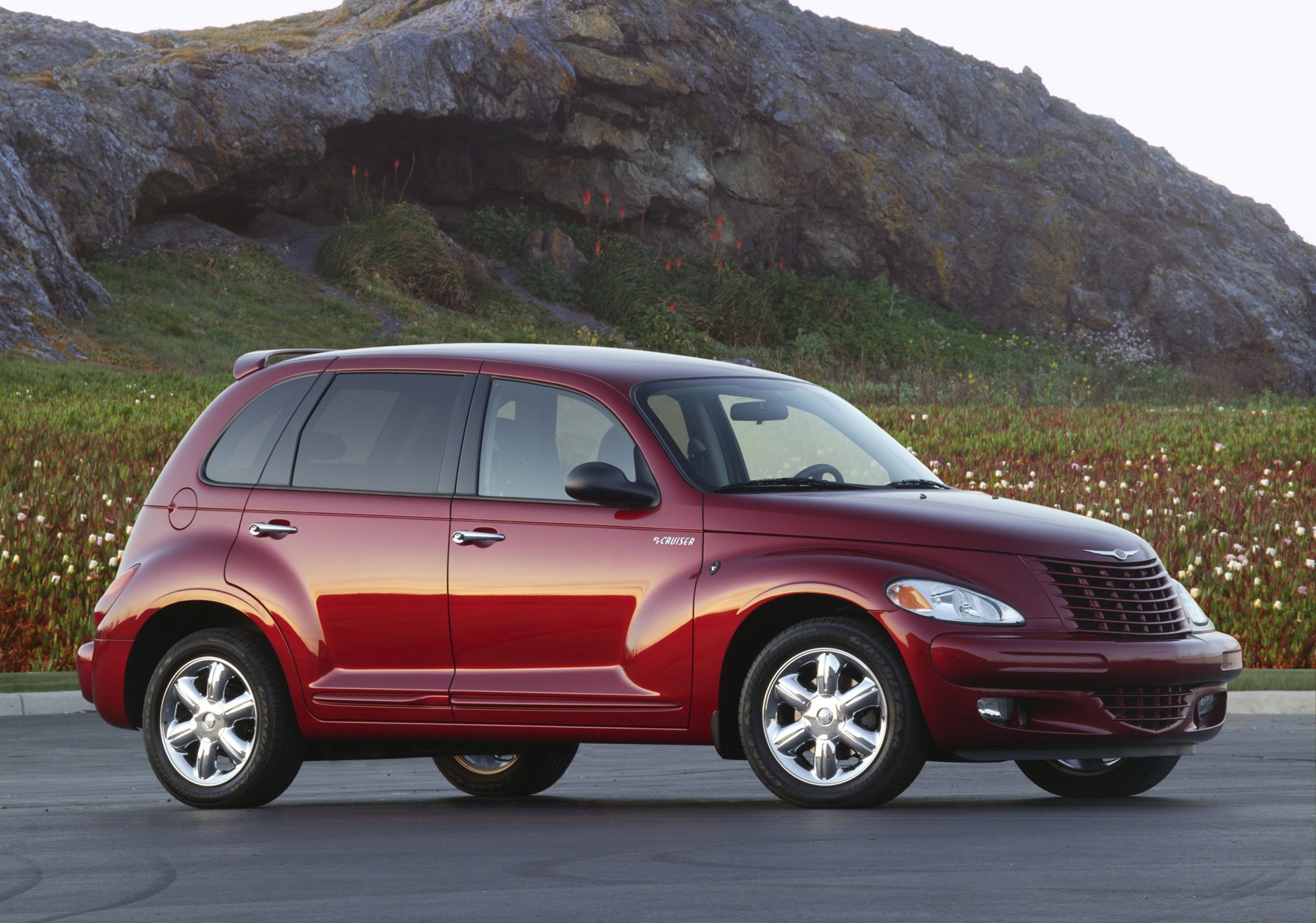
Dongfeng Motor Corporation is one of China’s largest state-owned automobile manufacturers, with a vast portfolio that includes passenger cars, commercial vehicles, and auto parts. It has numerous joint ventures with global automotive giants like Nissan, Honda, Kia, and Stellantis, producing vehicles for the Chinese market under various brand names. Dongfeng also produces vehicles under its own brand, and is increasingly expanding its presence internationally, including a growing focus on new energy vehicles (NEVs). As China’s automotive industry matures, Dongfeng plays a critical role in its global ambitions.
Choosing a ‘D’ Brand Vehicle: Considerations for Buyers
When considering a vehicle from a ‘D’ brand, prospective buyers should weigh several factors to ensure their choice aligns with their needs and expectations:
- Budget: The price spectrum is vast, from the ultra-affordable Dacia to the premium DS and performance-oriented Dodge. Define your budget clearly.
- Purpose & Needs: Do you need a rugged SUV (Dacia Duster, Dodge Durango), a city-friendly compact (Daihatsu), a luxury sedan (DS 9), or a powerful muscle car (Dodge Challenger)?
- Performance vs. Practicality: Dodge excels in performance, while Dacia prioritizes practicality and cost-effectiveness.
- Aftermarket Support & Reliability: Brands like Dodge (through Stellantis), Dacia (through Renault), and Daihatsu (through Toyota) generally have strong dealer networks and parts availability. For niche or historical brands like DeLorean, support is specialized.
- Brand Philosophy & Image: Are you drawn to American muscle, European luxury, Japanese efficiency, or Romanian value?
- Geographic Availability: Some brands (like Daihatsu) are highly regional, while others (Dodge, Dacia) have broader international presence.
Challenges and Future Outlook for ‘D’ Brands
Like all automotive brands, those starting with ‘D’ face a rapidly evolving industry landscape. The transition to electric vehicles (EVs) presents both challenges and opportunities. Brands like Dodge are electrifying their muscle cars, while DS Automobiles is heavily investing in electric and hybrid luxury vehicles. Dacia is also exploring affordable EV solutions. Maintaining unique brand identities within large automotive groups (like Stellantis for Dodge and DS, or Renault for Dacia) is another ongoing challenge. However, the diversity of these ‘D’ brands ensures that they will continue to contribute significantly to innovation, market segmentation, and the rich history of the automobile.
Overview of Car Brands Starting with ‘D’
This table provides a concise summary of key car brands beginning with the letter ‘D’, including their origins, parent companies, defining characteristics, and an estimated typical price range for their current vehicle offerings.
| Brand Name | Origin | Parent Company (if applicable) | Key Characteristics | Typical Vehicle Price Range (Estimate) |
|---|---|---|---|---|
| Dacia | Romania | Renault Group | Affordable, robust, practical, and value-for-money vehicles, popular in Europe for their utilitarian design. | €12,000 – €25,000 (approx. $13,000 – $27,000 USD, highly dependent on model & market) |
| Daihatsu | Japan | Toyota Motor Corporation | Specializes in compact cars, kei cars, and small SUVs; known for fuel efficiency and clever packaging. Primarily active in Asia. | ¥1,000,000 – ¥2,500,000 (approx. $7,000 – $17,000 USD for smaller models, but varies greatly by market) |
| Daimler | Germany / UK | Historically independent, now linked to Mercedes-Benz Group AG | Historically a luxury marque, particularly in the UK; associated with pioneering automotive engineering and high-end vehicles. | Not currently producing vehicles under the "Daimler" car brand name. Historically, luxury segment (comparable to high-end Mercedes-Benz). |
| Datsun | Japan | Nissan Motor Co., Ltd. | Former export brand for Nissan, briefly revived for entry-level vehicles in emerging markets; known for affordability and reliability. | Not currently in production. Revived models typically started around $6,000 – $10,000 USD (e.g., Datsun Go). |
| DeLorean | USA / Northern Ireland | DMC (original, defunct) | Iconic for the DMC-12 with stainless-steel body and gull-wing doors; a pop culture legend despite limited production. | Original DMC-12: $60,000 – $100,000+ (for classic cars, highly variable based on condition). New company (DMC) plans to produce new models with significantly higher prices. |
| Dodge | USA | Stellantis | American muscle and performance cars, SUVs, and commercial vehicles; known for powerful engines and bold styling. | $30,000 – $90,000+ (USD, highly variable based on model, trim, and performance variants like Hellcat). |
| Dongfeng | China | State-owned (China) | One of China’s largest automakers; produces a wide range of passenger and commercial vehicles, often through joint ventures. | ¥80,000 – ¥300,000+ (approx. $11,000 – $42,000+ USD, for their own-brand passenger vehicles, commercial vehicles can be higher). Highly variable by model and joint venture brand. |
| DS Automobiles | France | Stellantis | French luxury brand known for avant-garde design, premium interiors, advanced technology, and a focus on craftsmanship. | €40,000 – €70,000+ (approx. $43,000 – $75,000+ USD, highly dependent on model and trim). |
Note: Price ranges are highly approximate and can vary significantly based on model, trim level, optional features, region, taxes, incentives, and market conditions. For historical or defunct brands, prices refer to collector’s market values where applicable.
Frequently Asked Questions (FAQ) about Car Brands Starting with ‘D’
Q1: Which ‘D’ brand is the oldest?
A1: Historically, Daimler (Gottlieb Daimler) is among the pioneers of the automobile industry, with innovations dating back to the late 19th century, making it one of the oldest names associated with car manufacturing.
Q2: Are ‘D’ brands reliable?
A2: Reliability varies greatly among ‘D’ brands. Brands like Daihatsu (backed by Toyota) and Dacia (Renault) generally have good reputations for reliability and durability in their respective segments. Dodge, while known for performance, has improved its reliability ratings over the years. Historical or niche brands like DeLorean have unique reliability considerations due to their age and limited production.
Q3: Which ‘D’ brand offers the most luxurious cars?
A3: DS Automobiles from France is specifically positioned as a luxury brand, offering vehicles with sophisticated design, premium materials, and advanced technology. Historically, Daimler was also a prominent luxury car manufacturer.
Q4: Are any ‘D’ brands exclusively electric?
A4: No ‘D’ brand is exclusively electric in its entire history or current lineup. However, many ‘D’ brands are heavily investing in and offering electric or hybrid vehicles, such as DS Automobiles with its E-Tense range, and Dongfeng with its growing EV portfolio. Dodge is also moving towards electrifying its iconic muscle cars.
Q5: What’s the difference between Daimler and Mercedes-Benz?
A5: Daimler Motoren Gesellschaft (DMG) was founded by Gottlieb Daimler. Karl Benz founded Benz & Cie. These two companies merged in 1926 to form Daimler-Benz AG, creating the Mercedes-Benz brand. So, while Daimler is a historical name foundational to the company, Mercedes-Benz is the primary car brand that emerged from this merger and continues today. The parent company is now called Mercedes-Benz Group AG.
Q6: Is Datsun still in production?
A6: No, Nissan announced the discontinuation of the Datsun brand for the second time in 2022. Its brief revival for emerging markets has concluded.
Conclusion
The collection of car brands starting with ‘D’ offers a compelling cross-section of the automotive industry’s past, present, and future. From the raw power of American muscle cars embodied by Dodge, to the sensible practicality of Dacia, the compact ingenuity of Daihatsu, and the avant-garde luxury of DS Automobiles, these brands illustrate the vast spectrum of consumer needs and preferences worldwide. They represent not just vehicles, but also stories of engineering triumphs, cultural impact, and economic evolution. As the automotive world continues its rapid transformation towards electrification and new mobility solutions, these ‘D’ brands, whether through adaptation or legacy, will undoubtedly remain significant chapters in the ongoing narrative of driving.
